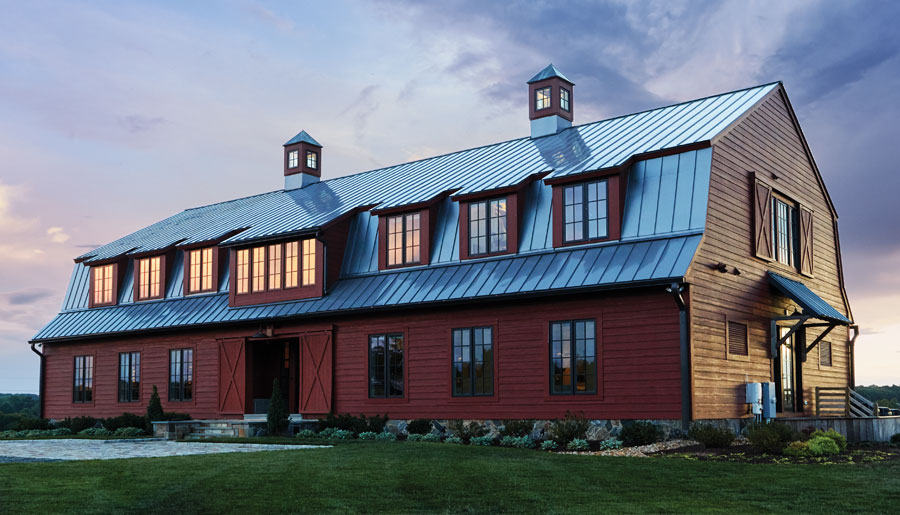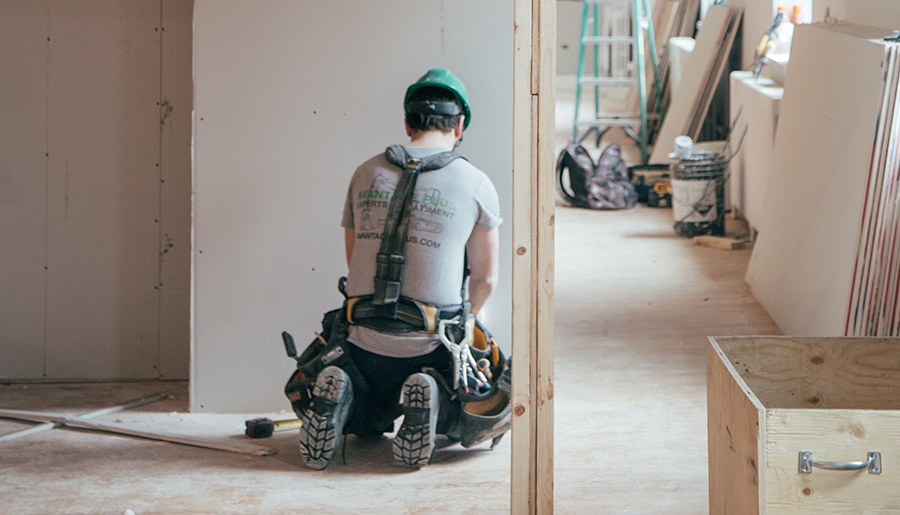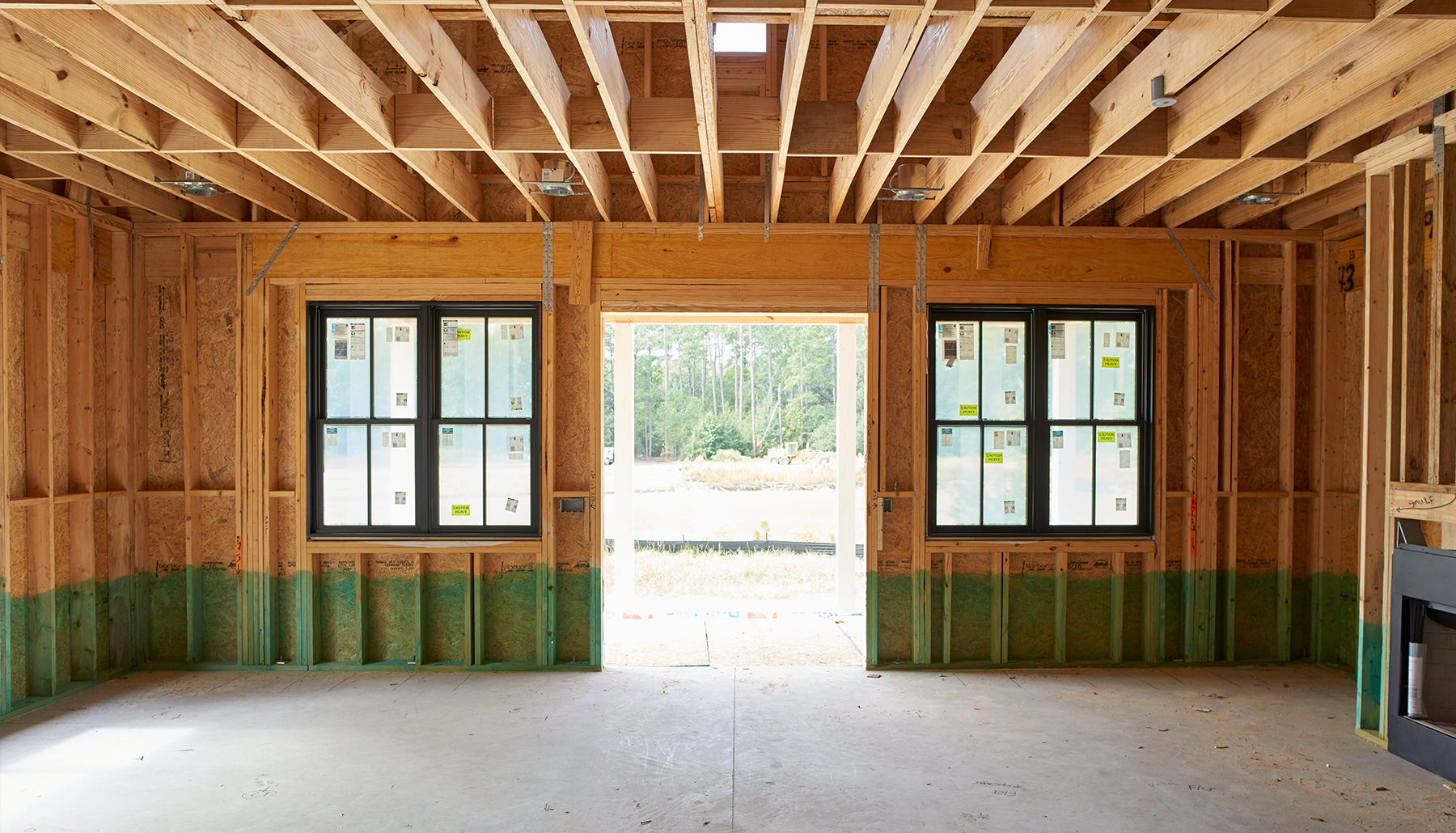Industry experts weigh in on the benefits of this increasingly popular home-building approach. Brought to you by JELD-WEN There are many ways to describe the promise and, to some, the hype of the growing home builder and remodeler interest in modular home construction. The term is a broad one. Modular home construction can include everything from roof trusses and wall-panel systems all the way up to volumetric modules of fully equipped and finished rooms. Few dispute the need for an alternative home-building method. Here’s a snapshot of five industry experts, why they have adopted modular home construction, and why they believe this is just the beginning for this promising building approach. 1. Ryan Smith, Washington State University School of Design and Construction Ryan Smith is arguably the nation’s leading authority on the modular housing industry, serving as the director of Washington State University’s School of Design and Construction and as a consultant. He points to Japan…
Tim Winter of Paradigm Building Group discusses one memorable success story It can sometimes happen that a new build and a remodel converge, making it hard to tell where the one begins and the other ends. Paradigm Building Group, a full-service design-build construction firm based in northern Virginia, recently completed just such a project for a client in Falls Church. Specialists in custom homes and large-scale additions and renovations, Paradigm ended up taking the client’s existing home down to the foundation, collaborating with the owner on a new design that completely reimagined the house from the ground up. “We have the ability to come alongside our client through our design process to really make it a unique and special experience,” says Paradigm founder and owner, Tim Winter. The new build reflects Paradigm’s commitment to reinventing older communities for today’s home buyer, always with an eye toward energy efficiency, attention to detail, and flexibility. Getting there…
Yes, it’s about reducing waste, but it’s also a mindset shift with far-reaching payoffs Brought to you by JELD-WEN Jobsite waste bleeds profits in ways builders don’t consider. Take the example of trips to supply houses to pick up forgotten items or exchange incorrect ones. “We have hard evidence from 5,000 suppliers and trades that the total cost can be as much as $10,000 per home,” says consultant Scott Sedam. That’s 50 trips at roughly $200 per trip in labor and overhead. It’s just one of many examples of hidden waste that impacts the vast majority of projects, no matter their size. The upside, Sedam says, is it’s all preventable. As president of True North, a consulting company in South Lyon, Michigan, he helps production builders implement Lean construction. Lean is a continuous improvement philosophy that came from auto manufacturing: Toyota used it to grow into one of the world’s largest car makers.…
For quick refreshes or in-depth training, many in the building industry use training videos, animations, and even virtual reality to help workers get the job done right. This video learning revolution has come to the building trades and is filling a much-needed role in skills training for many in the workforce. These days, everyone looks at how-to videos to train themselves on all types of tasks—from changing your cell-phone battery to knitting a scarf. And for construction training, there are numerous advantages to using digital tools for training that can help savvy companies up their productivity and quality, all while increasing the knowledge of their workers and managers. “The biggest shortfall in our industry is the lack of training of any sort,” says Mark LaLiberte, president of Construction Instruction, Inc. (CI). “That’s a big problem when you realize that we create complex structures meant to last a century.” The combination…
It is an investment to switch your company to BIM technologies, but there are many benefits that will make the effort worth it. Are you on the fence about BIM? Deciding whether or not it is finally time to adapt your workflow and orient your company to using BIM software is a big decision. There is no doubt that there will be some financial cost and training involved in switching, so understanding the longer-term benefits could help you take the plunge, knowing that your investment will have lasting advantages. What is BIM? Just in case you’ve had your head buried in the sand for the last couple decades—or in the 2D plans—let’s review what BIM is. Building information modeling (BIM) is a digital representation of a physical structure, used from the design stage all the way through to demolition, and at every stage in between. For those in the construction…
By Tyler Grace, Owner TRG Home Concepts For years I struggled with how to deal with potential clients who saw us only as “another number.” I spent countless hours each week returning phone calls, responding to emails, and chasing leads only to never land these projects. A few years ago, I read an article in JLC Magazine about charging for estimates. I borrowed some ideas from that article, focused my business on more design-driven projects, and heavily vetted my customers while creating and developing the system I use today. This system is always changing and adapting, but the principles remain the same. I have found that most customers in my small remodel market want an “all-in” price. They want to know the total price of a project in order to compare your number to other contractors’ numbers. They want a fixed-price quote for a job or design that does not yet…
Most contractors devote a lot of energy to trying to convince potential customers to buy their construction services. They should instead be focusing on selling a process that produces an experience that the potential customer wants. We understand that usual priorities and ways of working have been upended by recent events. But we also know that when we return to more normal circumstances time will once again become a valuable asset for every construction business owner. If you price a project to complete in 12 months and it takes you 14 months to complete, then you will be losing money. You’ll lose money because you didn’t price the value of your time correctly—or you didn’t execute the project in the time allotted. Time matters. Selling matters. Working for the right customer matters. You need a system that focuses your time on selling your work for the right price to the…
It’s easier than you think to use process mapping to help your company reduce wasted effort and materials, and get jobs done faster. There are many ways to help you decrease waste in your process, but few are as easy to implement as Process Mapping. Plus, with the continued shortage in skilled labor, any efficiency you add to your SOP can make your entire team more productive—and your company more profitable. To analyze and eliminate waste in your projects, process mapping may be just the thing to help you use your resources—people and material—in the most efficient way possible. Training managers first Many companies opt to get in-depth training for their project managers, lead carpenters, or supervisors, so they can then teach workers the new skills on-site. This works for many types of training, especially as changing regulations and newer building materials necessitate working in new ways. Even the government…
Trying to trim costs is a never-ending battle for all builders. But with new technology like Building Information Modeling (BIM) software, builders have a shot at shaving off some of the waste to keep their companies in the black. The initial phase of implementing new software can take time, but builders are increasingly putting in the effort, knowing that it will benefit their businesses for years to come. Top Cost-Saving Benefits of Construction Software Integrated plans allow for accurate takeoffs, which reduce material wasteSharing documents increases collaboration and reduces team and contractor errorsEfficiency in managing construction saves on labor costs Reduce Materials Waste Takeoffs that provide inaccurate materials lists can cost a lot. Mike Kowalski, a structural engineer in Jacksonville, Florida, says he finds an average of $1,000 potential savings per house when he is working with national builders. After analyzing hundreds of plans from high-volume builders, Clark Ellis of…
Fluctuating costs give any business headaches. Residential construction is especially prone to shifting prices for materials, and builders need to manage input costs to retain profitability. For both March and April of 2019, Associated Builders and Contractors calculated that material prices have increased by about 2.5% from the previous year. With trade instability, normal market flux and the global competition for materials, construction material costs will likely keep rising. But no matter what the climate, it is up to builders to adjust their methods to maintain margins on their projects. The Bureau of Labor Statistics calculates overall input costs for different categories of construction. These are further broken out into different types of materials before averages are calculated. For instance, if oil prices rise steeply, the total input costs may rise even if many other materials, like lumber or copper, decrease. The fluctuations affecting your company may vary from the…










